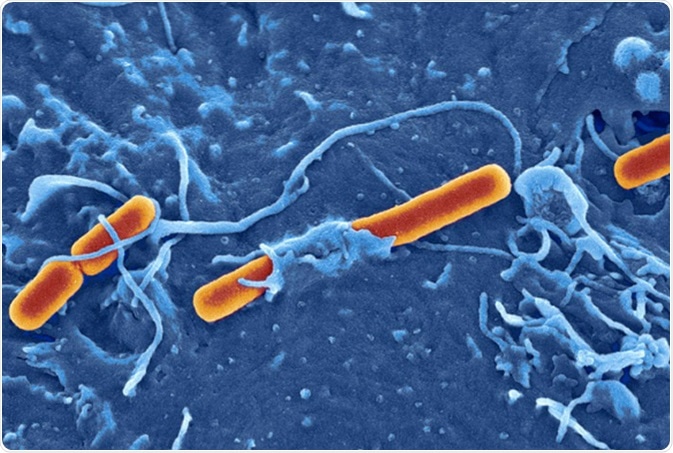Horizontal Gene Transfer (or HGT) is the process of an organism acquiring another organism’s DNA, usually through absorbing the ‘target’ organism, resulting in an endosymbiotic relationship.
This process is known for its role in the alarming progression of antibiotic resistance, including the modern-day development of the infamous disease: MRSA (Methicillin Resistant Staphylococcus aureus).
There are four main ways in which HGT can occur:
- Conjugation - a form of bacteria-to-bacteria DNA transfer, via direct contact.
- Transformation - where a section of DNA leaves a bacteria cell, and enters another through the cell wall to be integrated into the new bacteria’s own DNA.
- Phage-mediated transduction - where DNA is transferred from one bacteria to another via a bacteriophage (a virus which affects bacteria).
- Introgression - otherwise known as the ‘back-crossing hybridization’ of a bacterium with its parent species.
These can be observed in bacteria which are very closely related, however, it is not uncommon for HGT to be observed between distantly related organisms as well – with this process having previously been seen between a bacterial cell and an Archaea, and even between bacteria and Eukaryotic cells.

Horizontal gene transfer has played a role in developing the global public health crisis of antimicrobial resistance (AMR). https://www.nature.com/articles/s41467-018-03949-8 Shigella flexneri - Credit: David Goulding, Wellcome Trust Sanger Institute
Historic Background
The world’s first ever written description of HGT was observed in its founding experiment in the year 1928 - “non-virulent Pneumococcus bacteria can become pathogenic through brief contact with other virulent bacteria - even those which have been destroyed by heat.” This was later confirmed in 1944, as being the transfer of DNA.
Another example of HGT being observed in history is the ‘endosymbiotic theory’, which dates back over 100 years. It mainly consists of the idea of some organelles in eukaryotic organisms originally come from entire, much smaller, prokaryotic organisms. For example, one of the ways in which the endosymbiotic theory can be observed is through the theory of plant chloroplasts originally being cyanobacteria – tiny photosynthetic, prokaryotic organisms - which may have been acquired by eukaryotic organisms, to become more complicated photosynthetic organisms.
This exact concept can be observed in upside-down jellyfish forming a symbiotic relationship with zooxanthellae bacteria. The jellyfish provides protection for the bacteria, and the bacteria provides energy for the jellyfish via photosynthesis.
Importance
Learning more about the biochemical processes behind HGT is massively important, especially to the pharmaceutical industry, as a majority of antibiotic resistant species developments are attributed to horizontal gene transfer. If more research is done into the cause of HGT, and how it can be delayed or prevented, the increasingly complex issue of antimicrobial resistant bacterial infections could be on its way to becoming a problem of the past.
Liverpool University recently conducted some research on Horizontal Gene Transfer
Further Reading
Last Updated: Jul 19, 2023